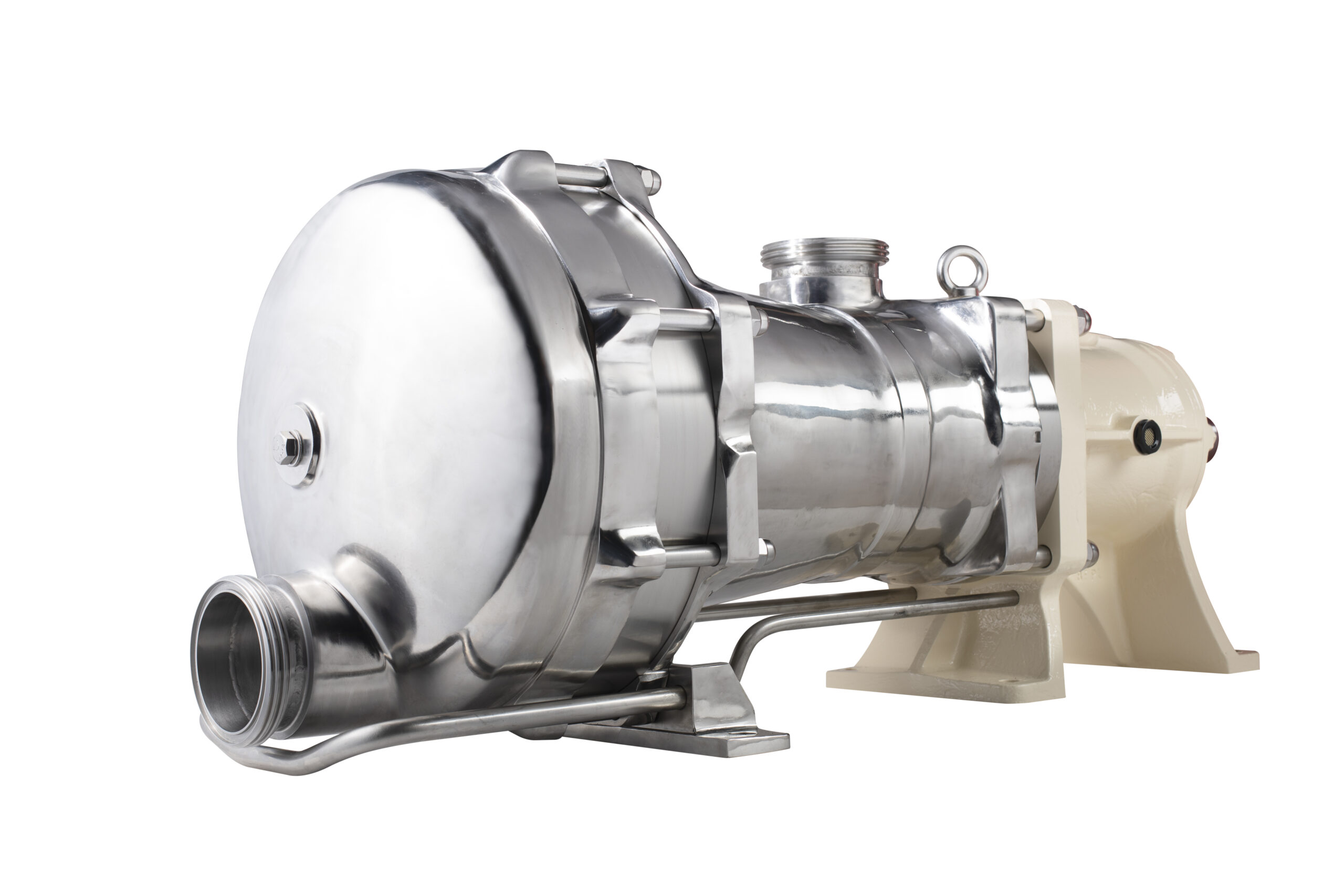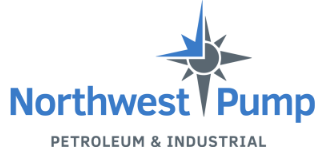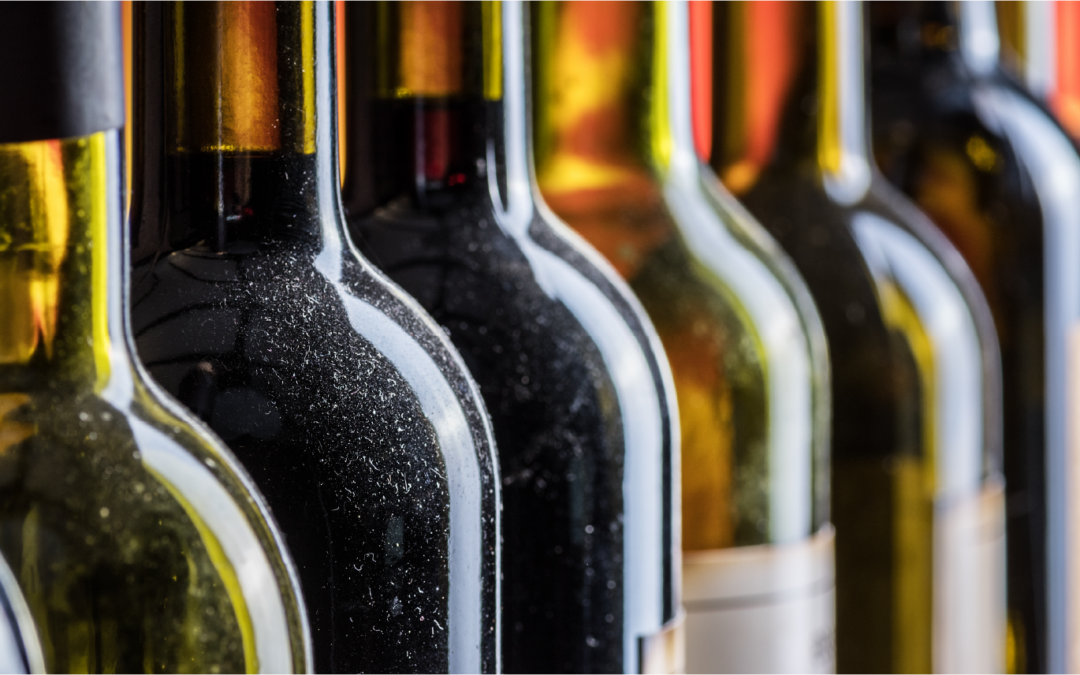One of the critical problems wineries face is preventing their wines from coming into contact with oxygen. Wine oxidation means contamination and running the risk of throwing out tens of thousands of dollars worth of product. While there are ways to save the wine afterward, these measures siphon extra time and money from the rest of production. The easiest way to prevent wine oxidation is to minimize the risk of oxygen exposure, especially where the risk is highest: at the pump. Here are seven features to look for in pumps to reduce the risk of wine oxidation and improve the quality of your wine.
Self-priming
Self-priming means that a pump can run dry and create a vacuum to pull in the liquid, even if it’s at a lower level than the pump. Non-self-priming pumps typically require a flooded suction, where the fluid level stays above the centerline of the pump, to prevent cavitation as tank levels lower. To prime a REAL self-priming pump, there’s nothing else to do but turn on the pump. A self-priming pump reduces the number of steps to follow during daily startup and continues to pump even when the fluid in the tank drops below the pump suction. Self-priming pumps reduce the risk of cavitation and the entrainment of potential air pockets, which can contribute to wine oxidation.
Shear sensitivity
Whether working as a regular wine pump or a must pump, a pump with shear sensitivity will better maintain the quality of the wine. Shear sensitivity, alternatively known as low shear rate, refers to a pump’s ability to maintain the integrity of liquids that change in viscosity depending on the force applied. High shear rates in a pump will damage the fibers and molecules that contribute to the flavors in wine. A pump with a low shear rate will have a much gentler impact on any fluids it pumps.
Mobility
Every second counts during the harvest, with some days lasting ‘until the job gets done.’ In most pumping applications, a facility places pumps in fixed locations with piping moving liquid where it needs to go. However, for wineries, it is the other way around. These pumps need to transfer wines to and from barrels, tanks, and bottles, and depending on the time of year, the locations of each can dramatically change. The easier it is for a cellar worker to transfer wine from one place to another, the more time they will save overall. This means more wine with less hassle and a lower cost per bottle.
Flow Reversal
Similar to mobility, having a pump that can reverse the flow entirely can greatly benefit wineries. A pump with flow-reversing capabilities cuts down on the number of pump carts a winery needs, and in the event of a mistake or emergency, a cellar worker does not need to track down a second pump cart to move the wine back to where it needs to be. In stationary pumping systems, less piping is required for bi-directional flows. Simply reverse the pump to reduce installation costs and save time.
Seal-free, leak-free
Wineries work with distinct seasons rather than a standardized year-round output. Equipment going down during harvest can devastate the entire production line. Mechanical seals require the pump to be taken off the production line during removal and installation. The alternative to seals, pump packing, does not stop leaks from a pump. In fact, packing by design must leak to stay properly lubricated. Finding a pump that does not require a seal and will minimize leakage is essential for reducing the risk of downtime during the peak of production and reducing the loss of product due to failed seals and packing.
Clean-in-Place Capability
All sanitary pumps must maintain strict hygienic standards to comply with FDA regulations. Instead of repeatedly taking the pumps apart every night, sanitary pumps often come with clean-in-place designs. A clean-in-place design allows workers to feed the cleaning solution through the pump without dismantling it every night.
Line-Stripping
One issue that wineries often face is leftover juice or wine remaining in the piping after the pump has been turned off. This remaining wine, if recovered, is usually off-color and diminished quality- due to wine oxidation from the disconnecting pipes. If not recovered, it is flushed with the cleaning solution nightly. The solution to both problems is a feature called ‘line stripping.’ Line stripping refers to a pump’s ability to pull the remaining fluid from the input pipes before turning the pump off for cleaning. A pump with line stripping capability will not only prevent wine oxidation, but it will also allow for product recovery and dramatically reduce waste.
Mouvex Pumps 
This year, Northwest Pump announced a master distribution agreement with PSG to offer Mouvex and two other pump brands on the West Coast. Mouvex offers eccentric disc pumps designed in the heart of wine country in Auxerre, France, specifically to meet the needs of wineries. These eccentric disc pumps come with the following features:
- Self-priming design
- Shear-sensitive pumping
- Mobility options like pump carts or fixed skids
- Flow reversal add-on valve options
- Seal-free & leak-free design
- Line stripping
- Clean-in-place capabilities
Mouvex’s line stripping procedures are automatic, and the clean-in-place process is as simple as a turn of the valve. Additionally, certain Mouvex pumps offer dry-run capability, which protects pumps from heat damage when the pump runs without liquid. Lastly, Mouvex offers precise volume metering options to track how much wine is produced daily.
Next Steps
Looking for your winery’s next pump cart? Reach out to your nearest Northwest Pump branch for more information on Mouvex pumps here. To further reduce operating costs and protect your product from oxidation, ask our team about our nitrogen generation solutions for blanketing your wine in the vat or the bottle. Click here to learn more.
Whether looking for on-site emergency service for your pumps during harvest, or routine seasonal maintenance, our service division can keep your pumps running smoothly.



